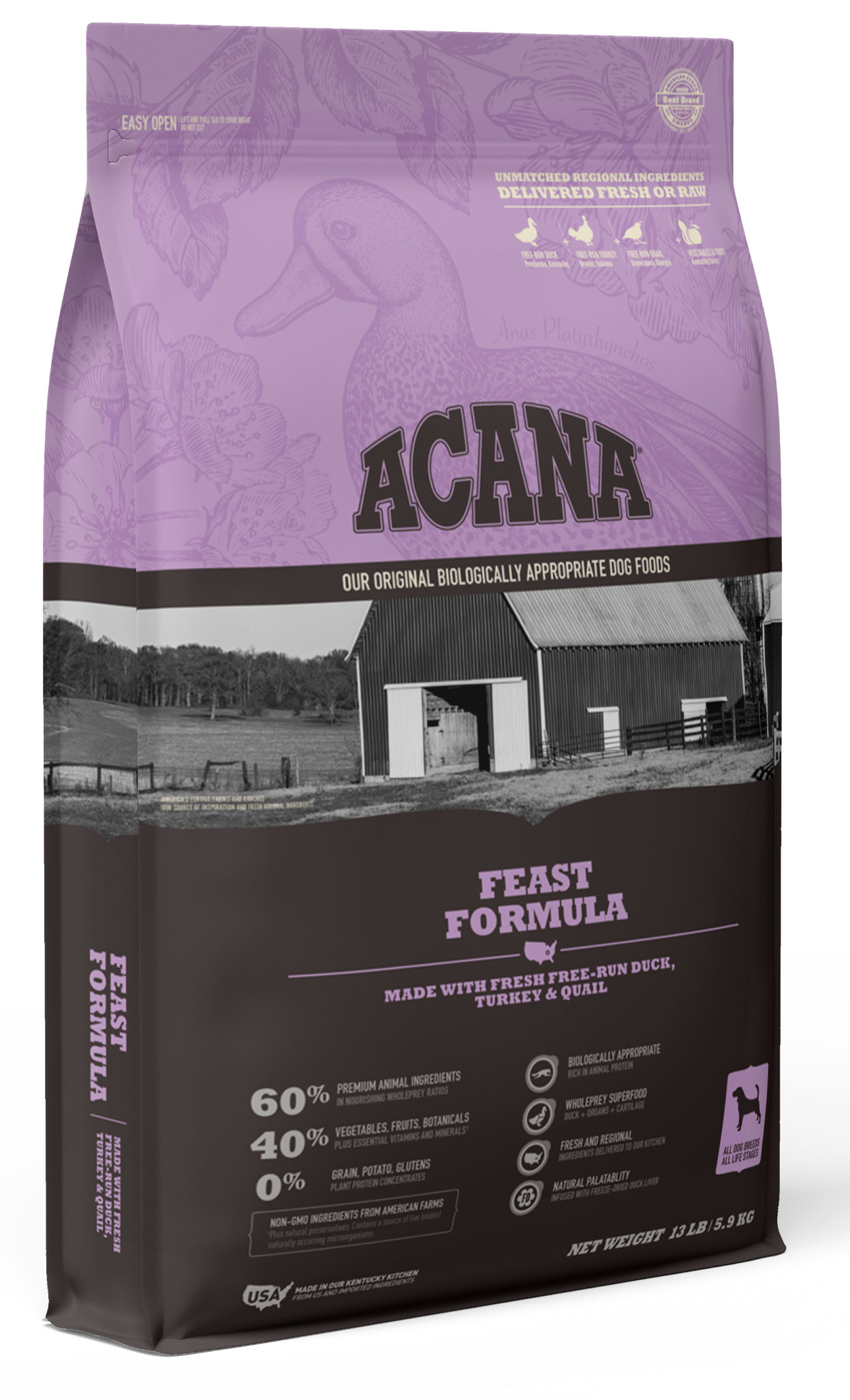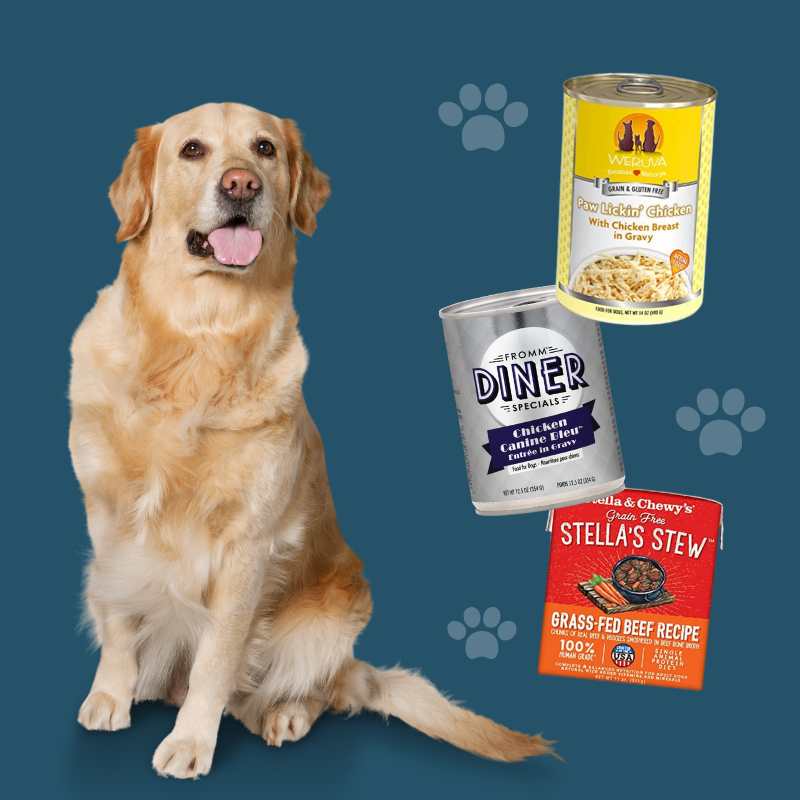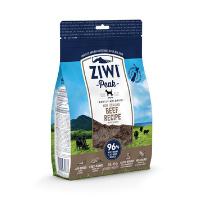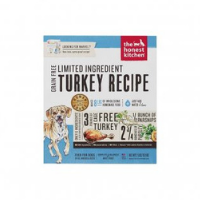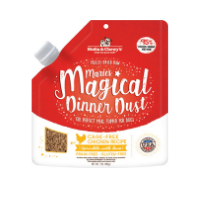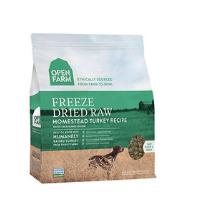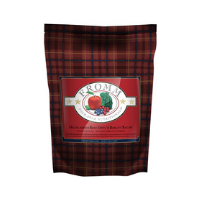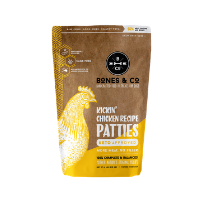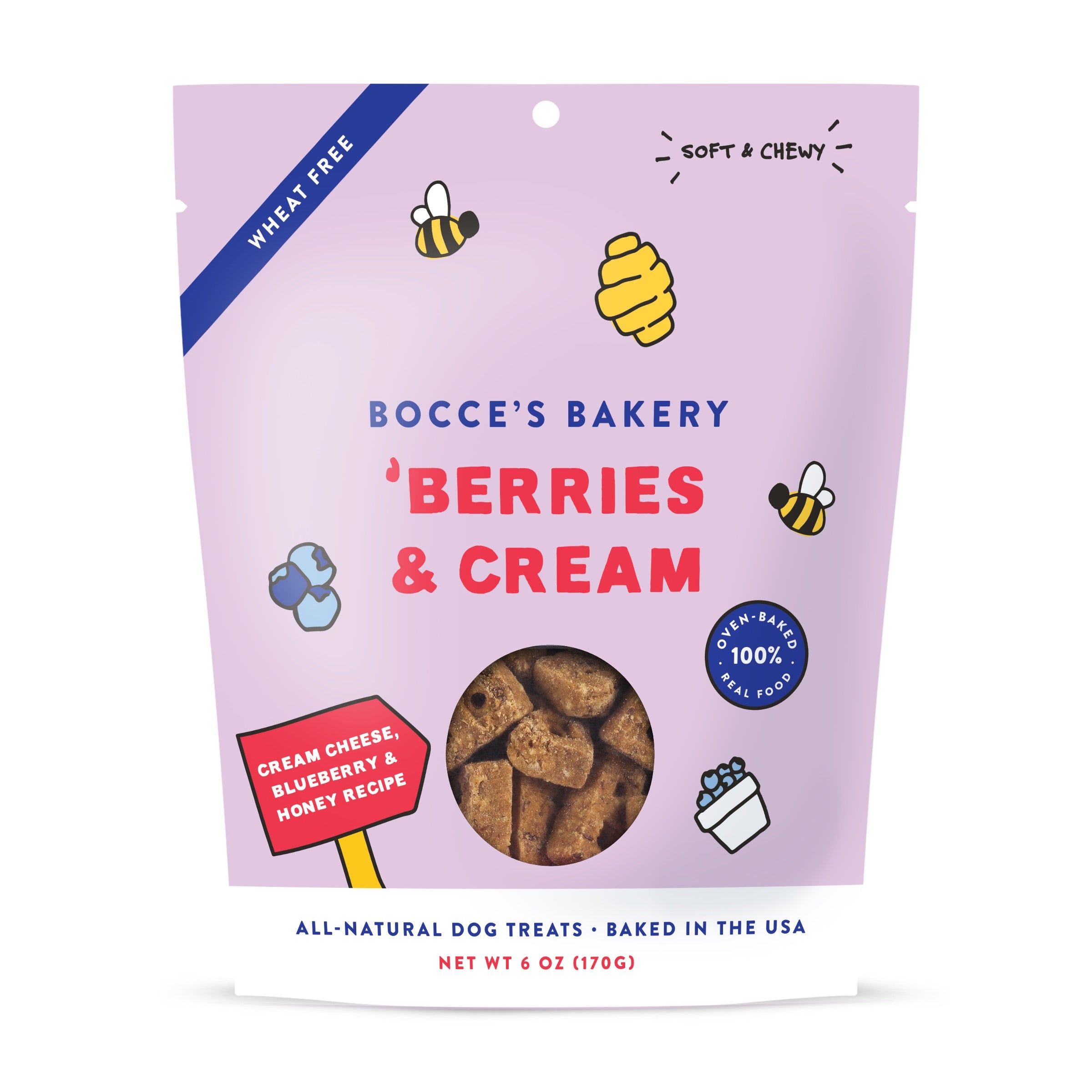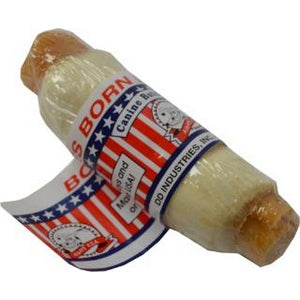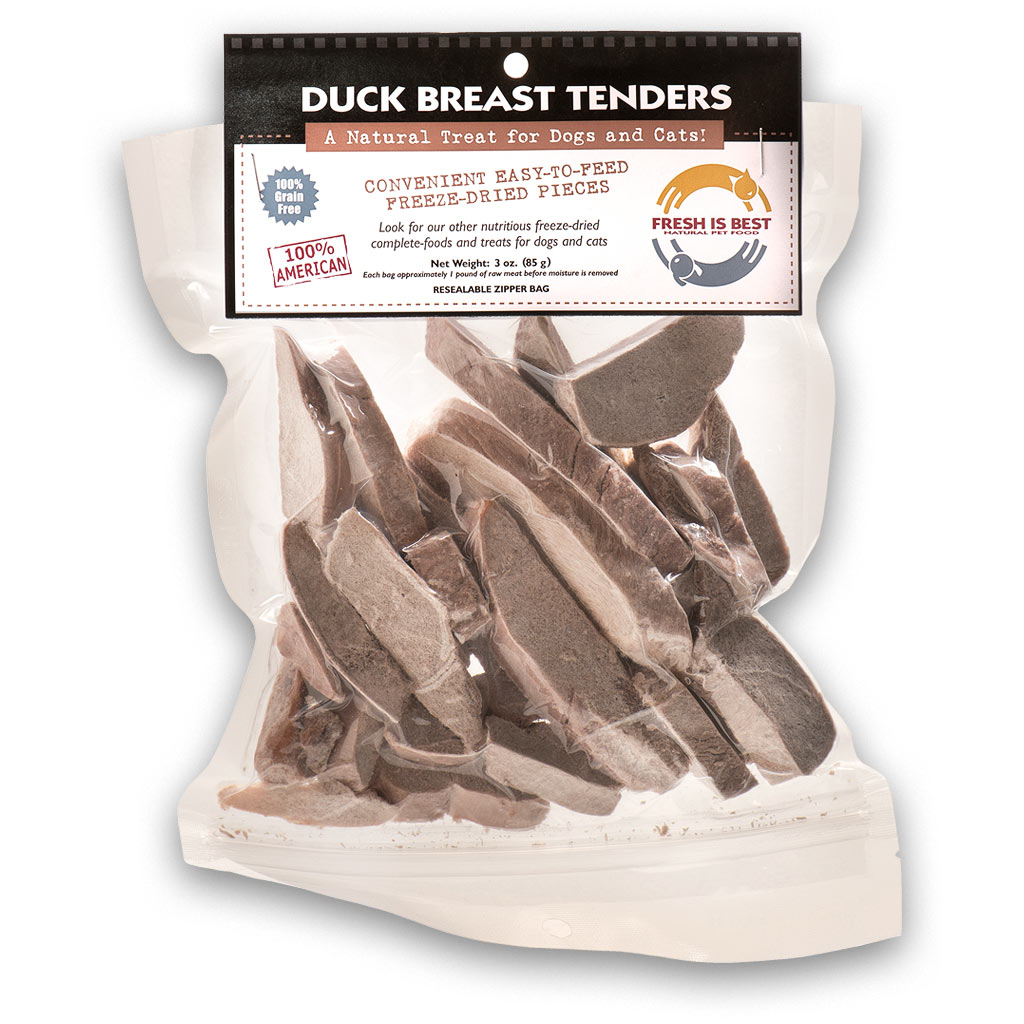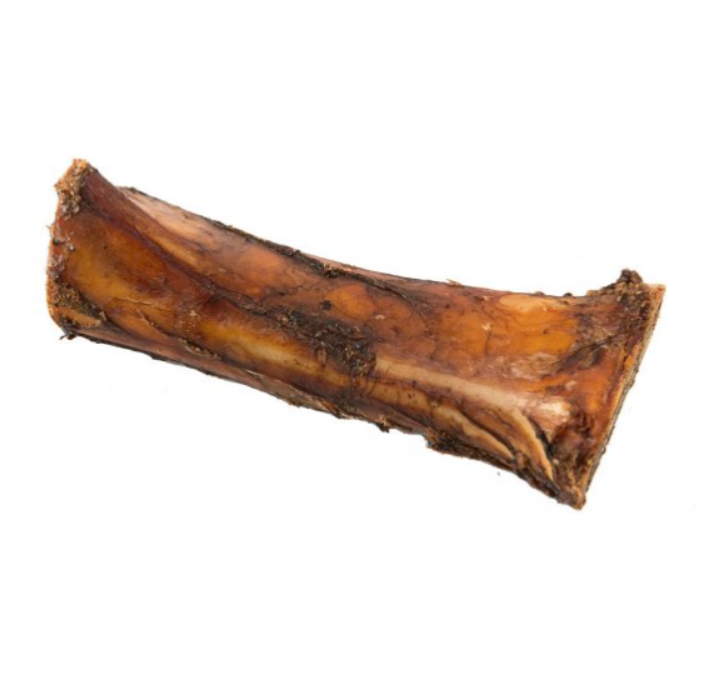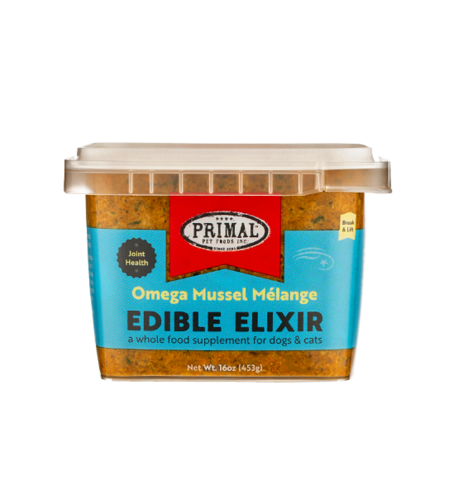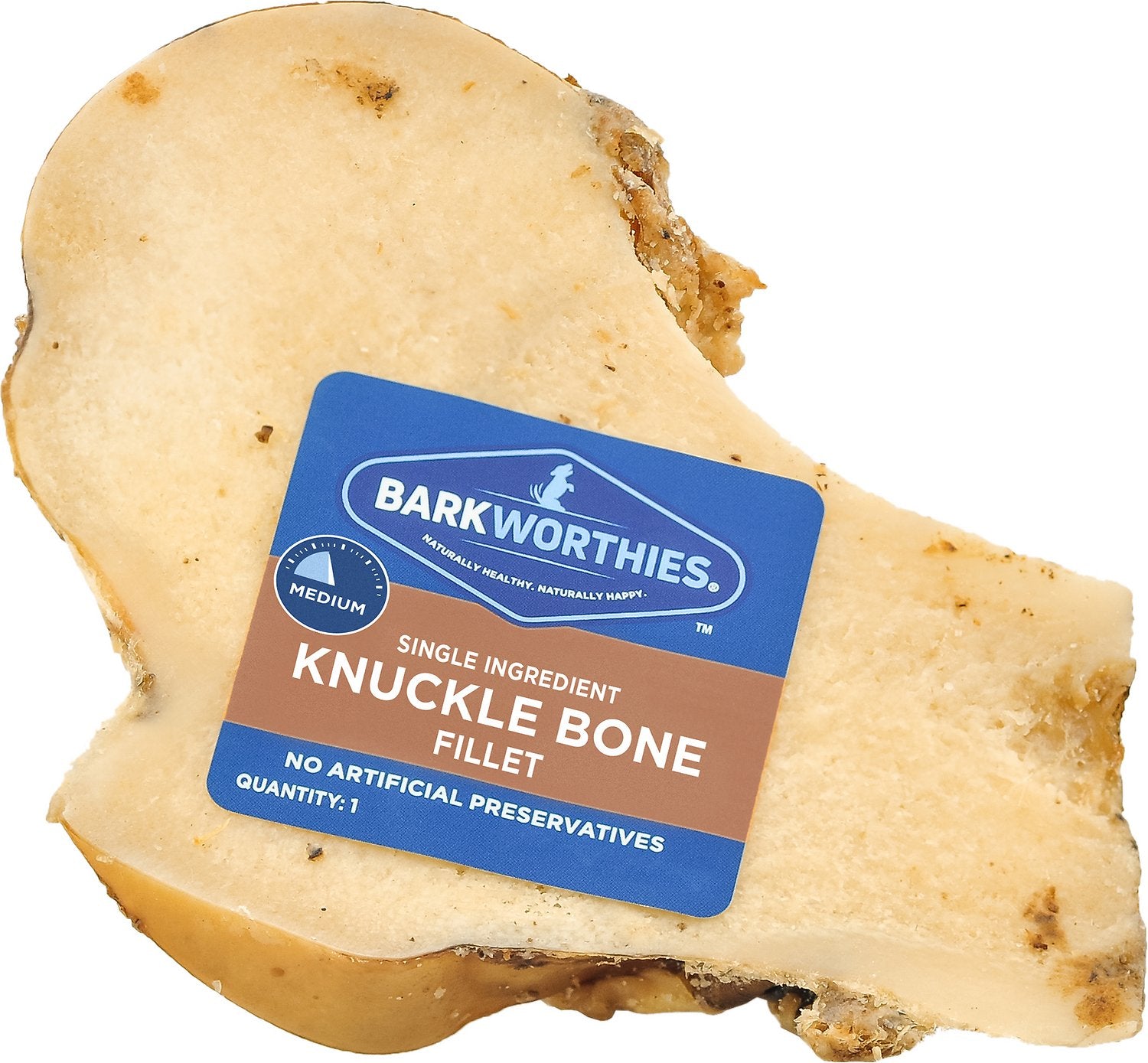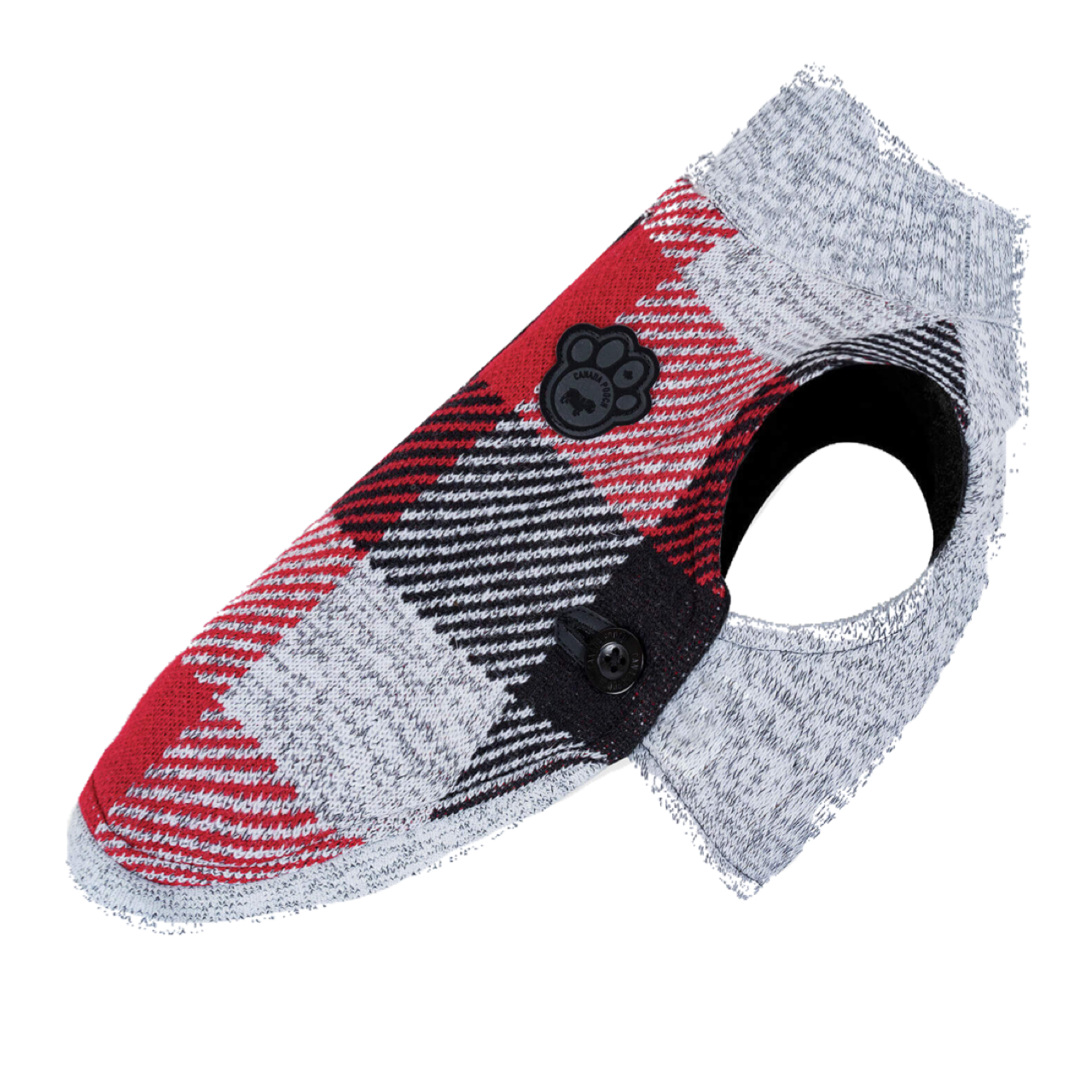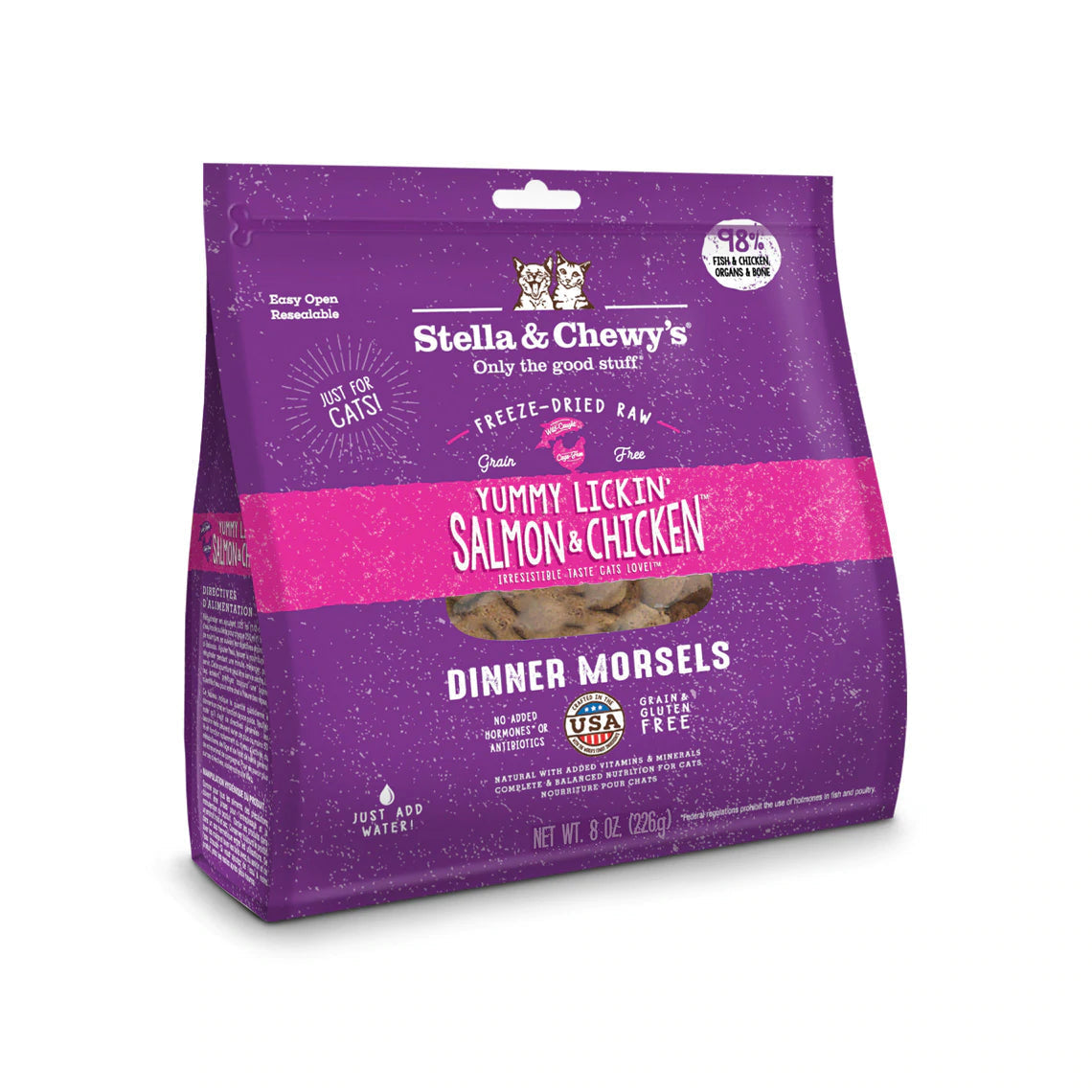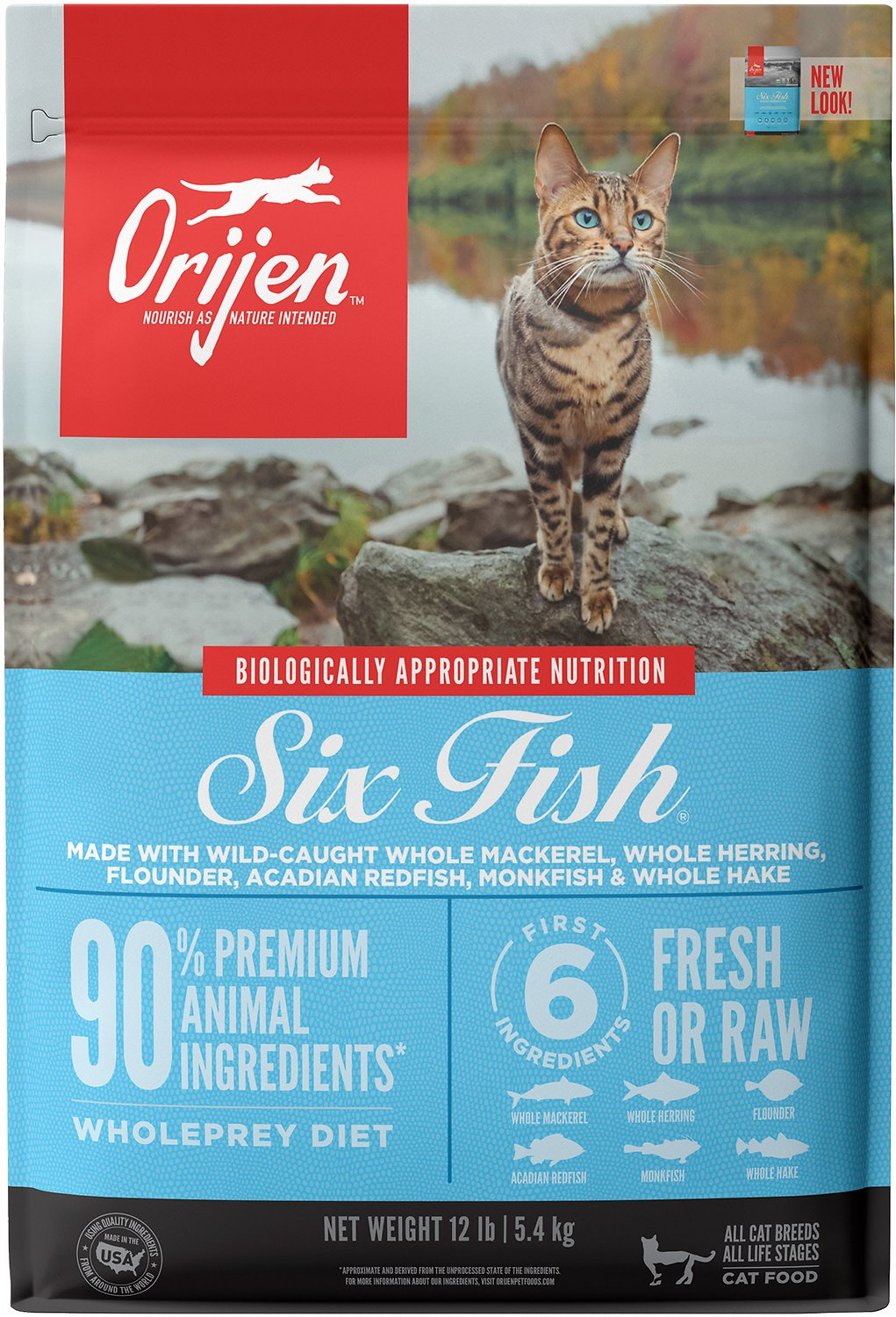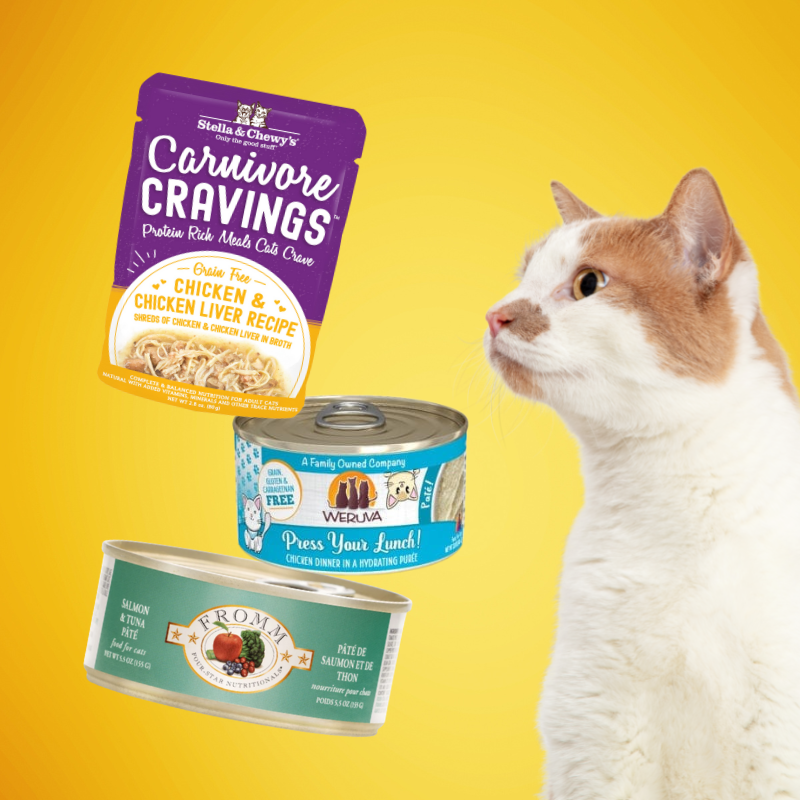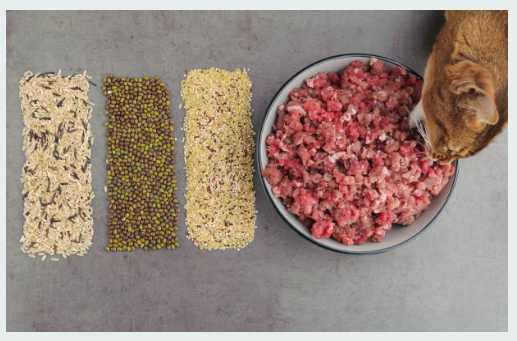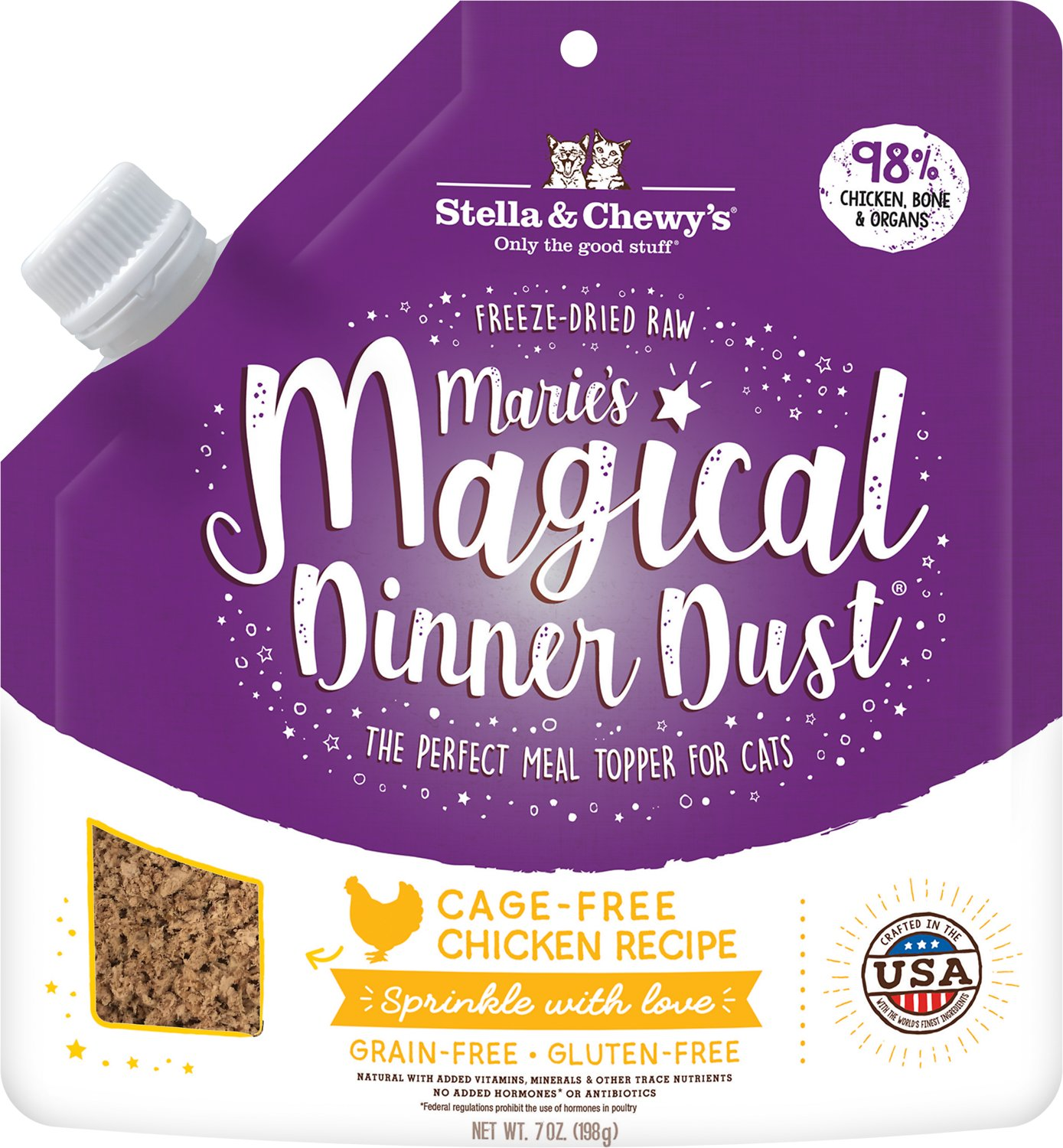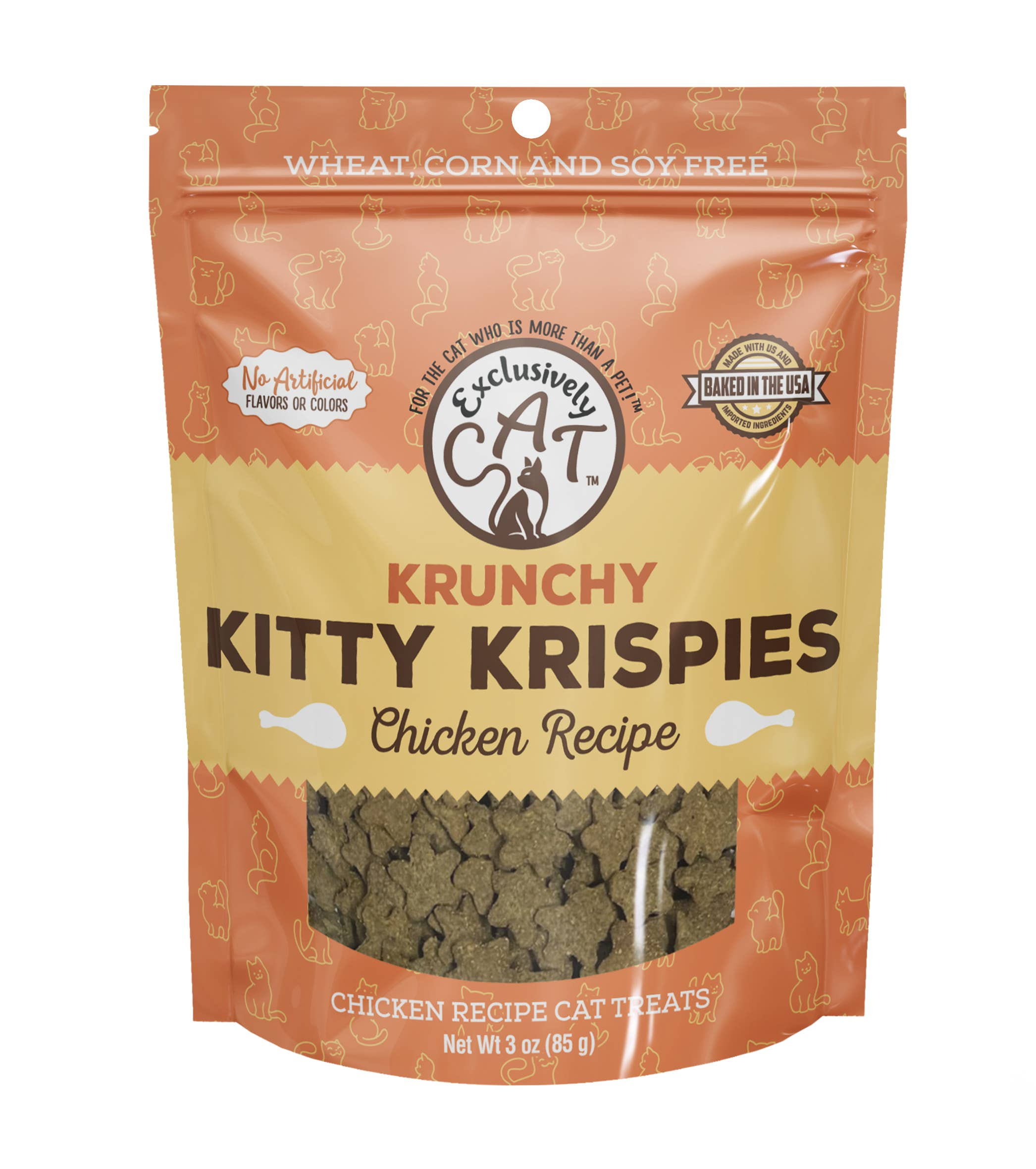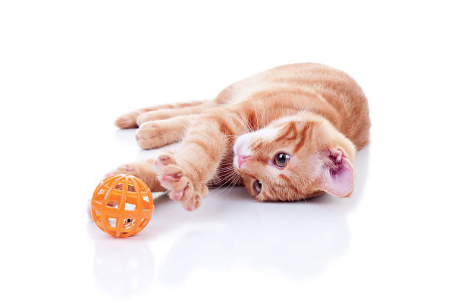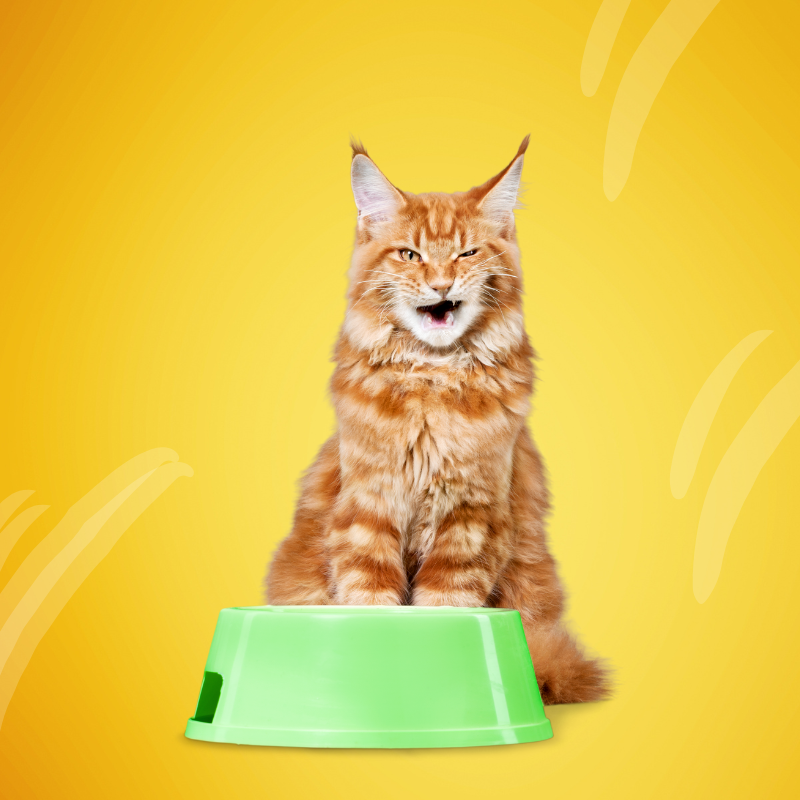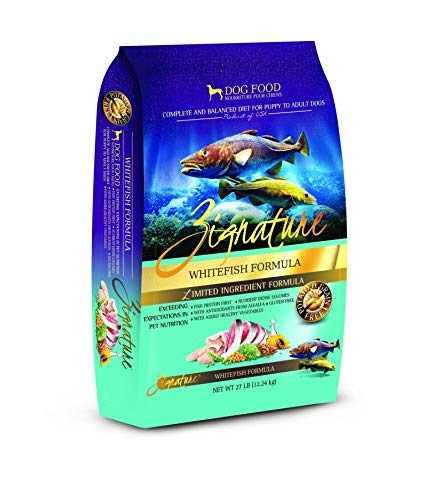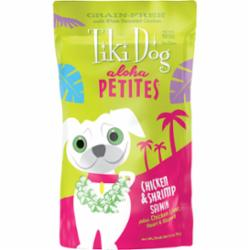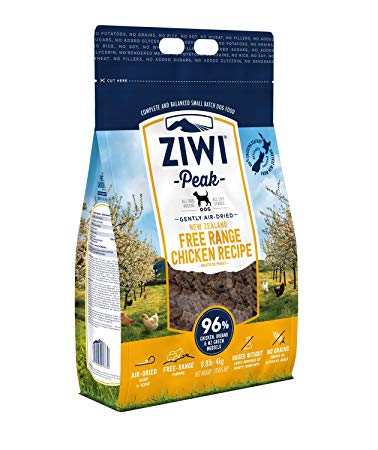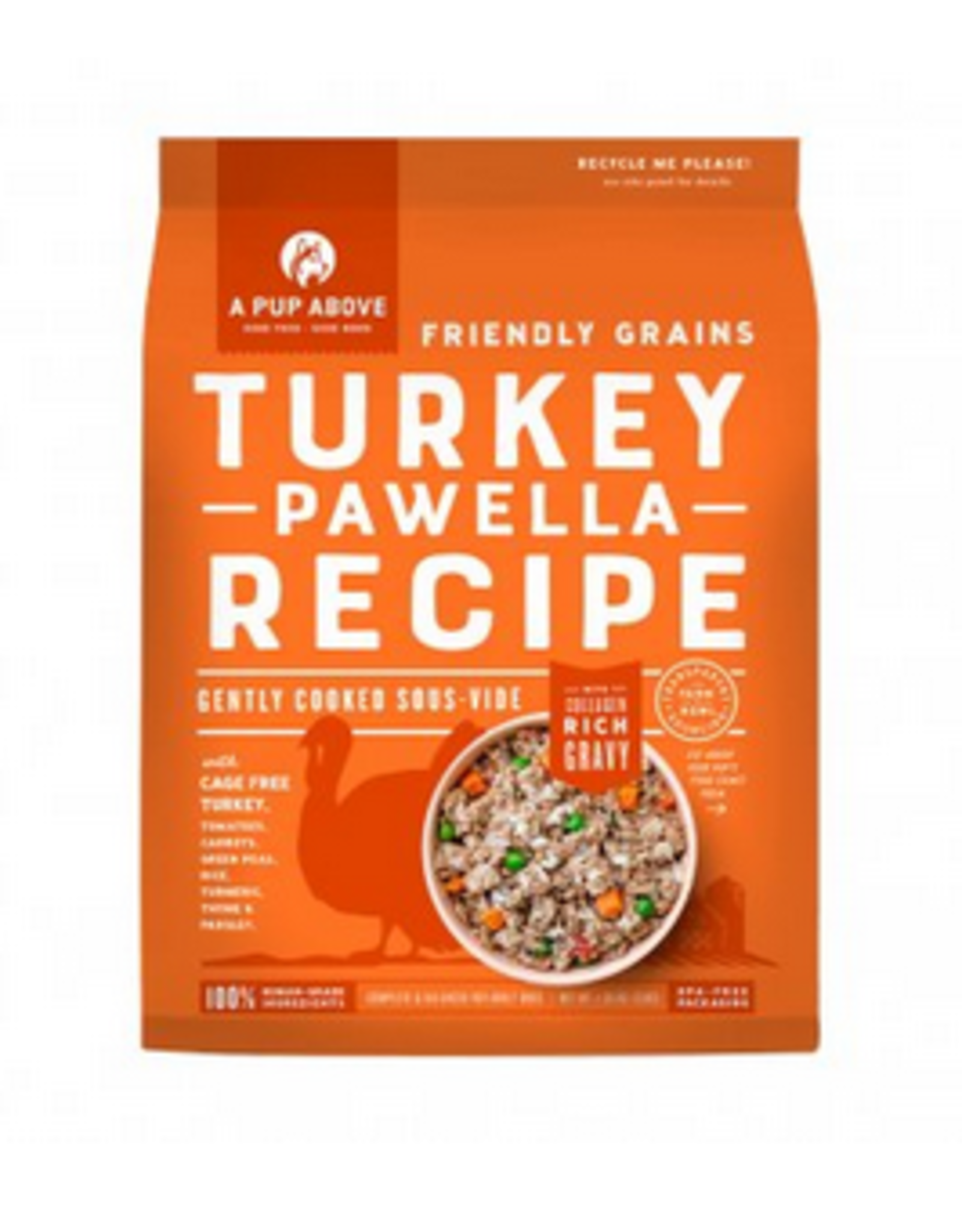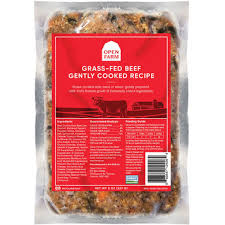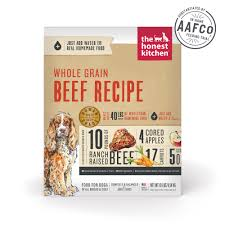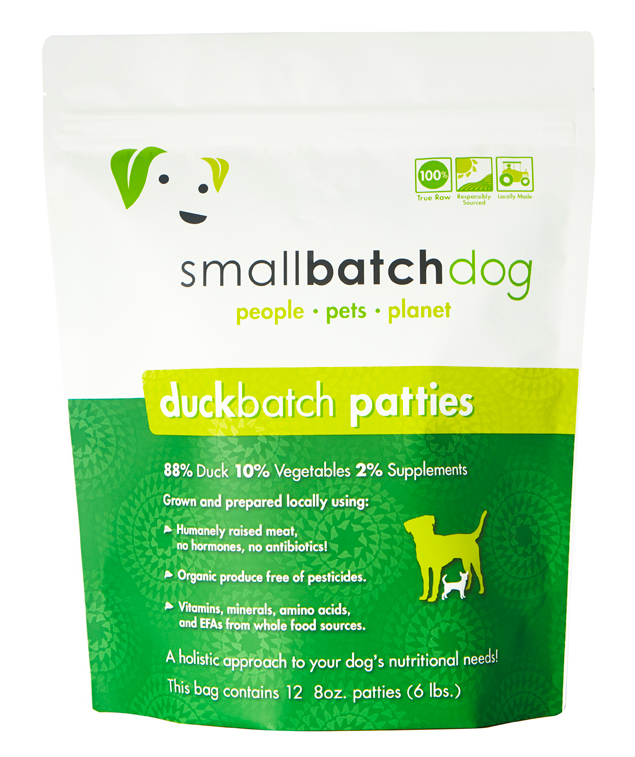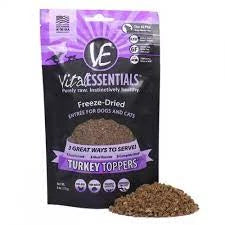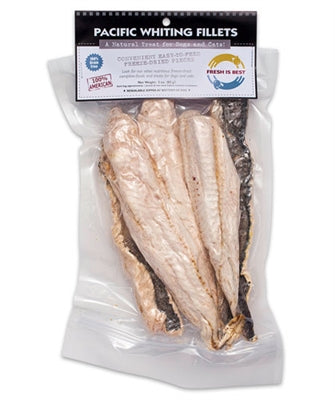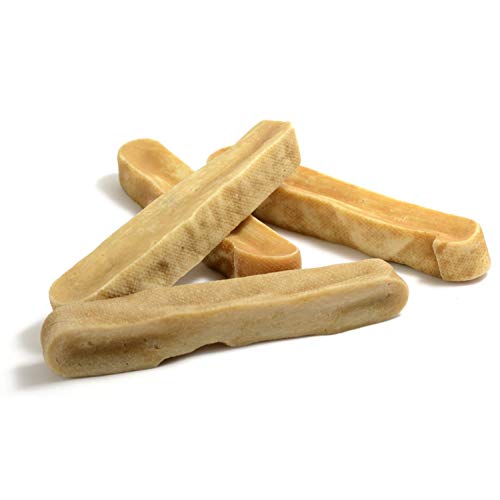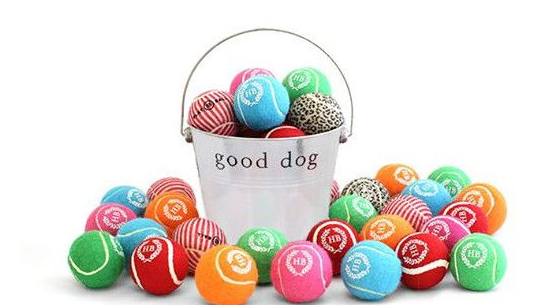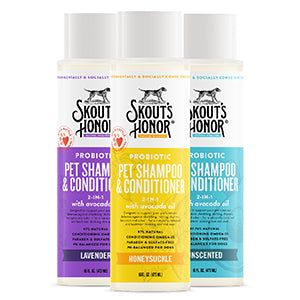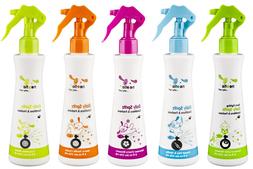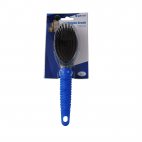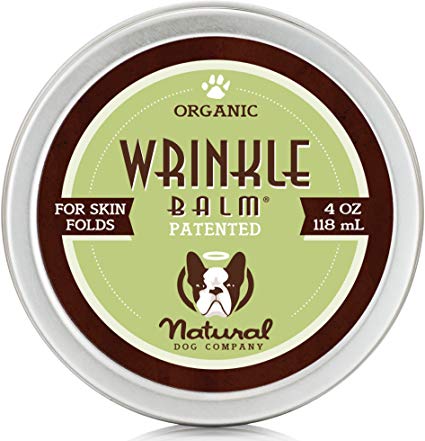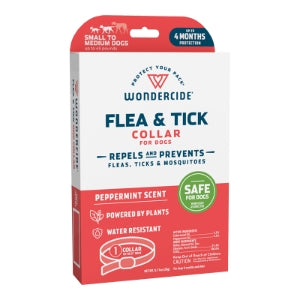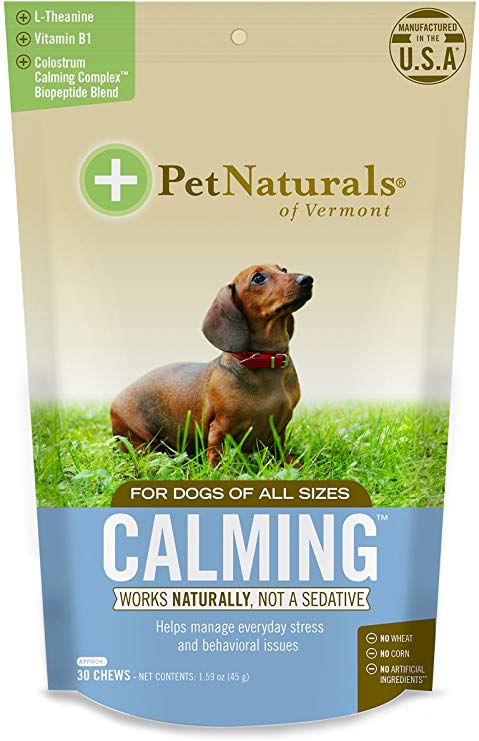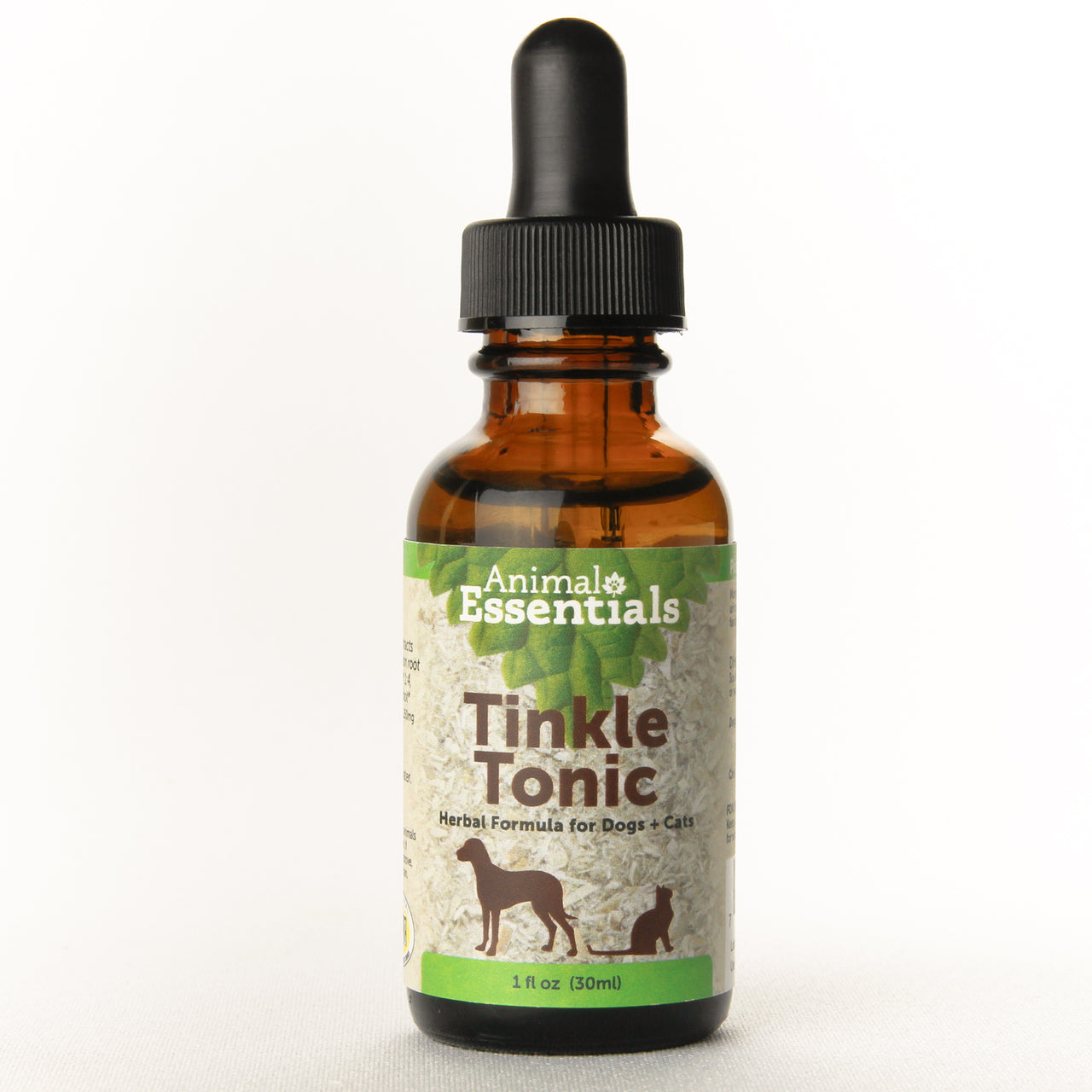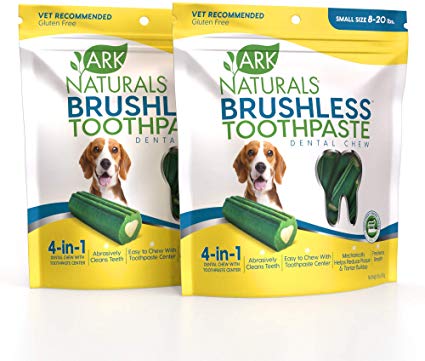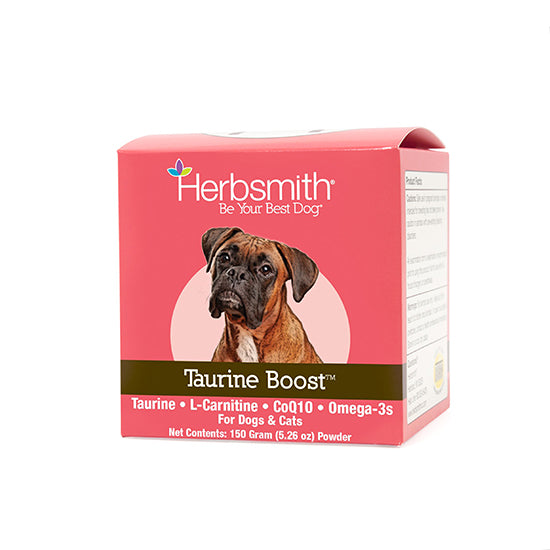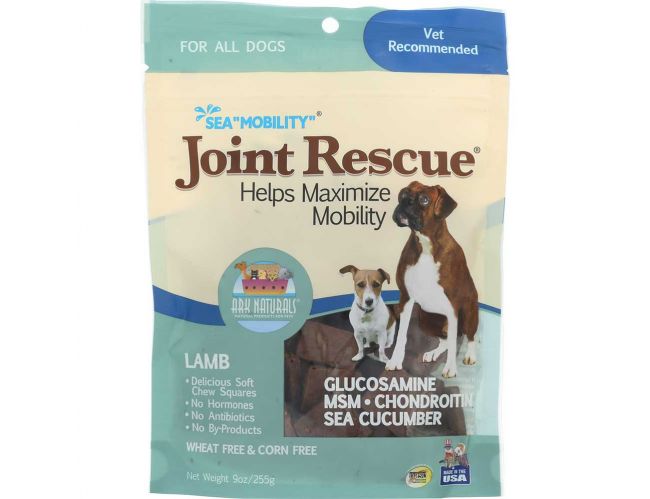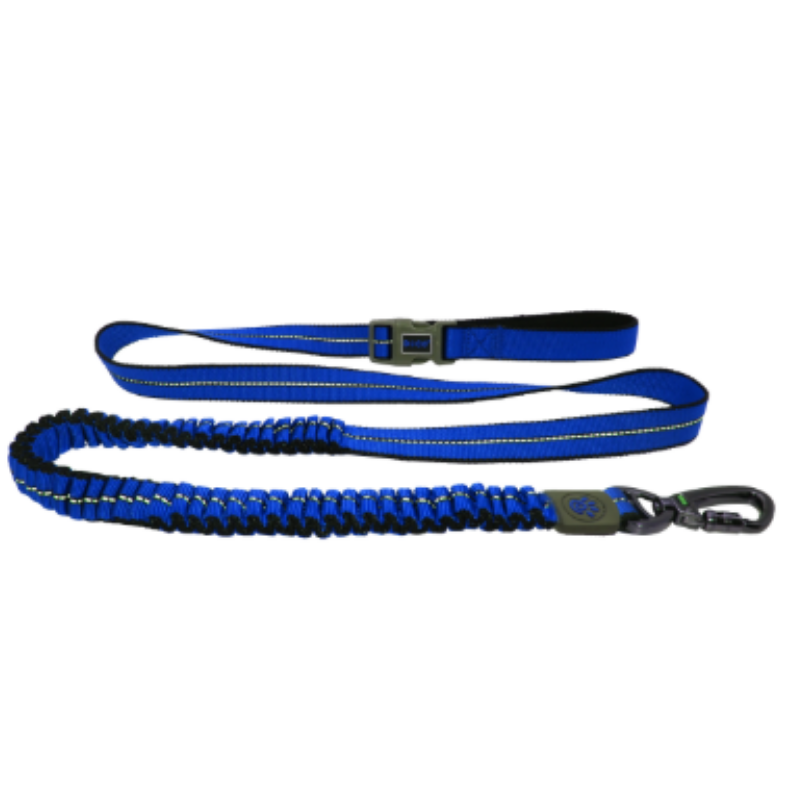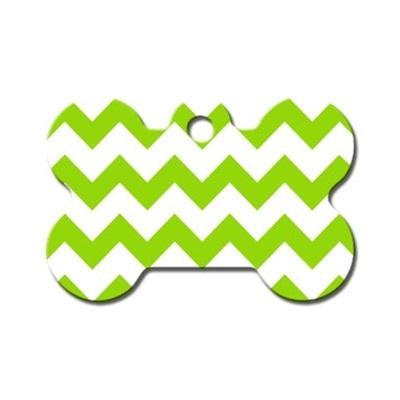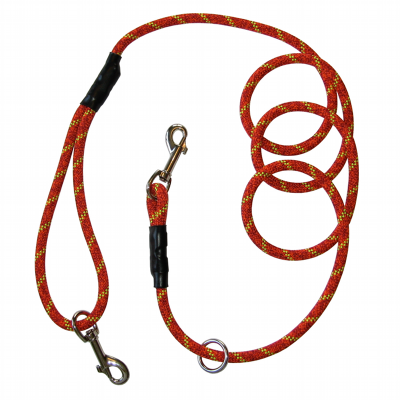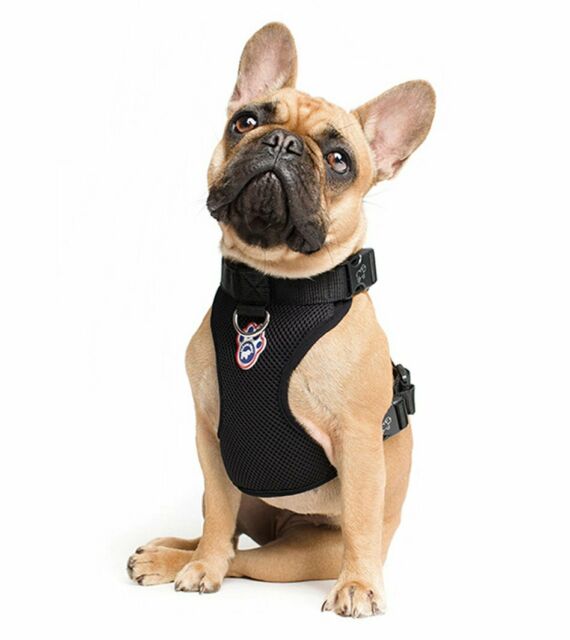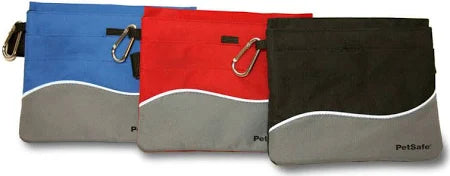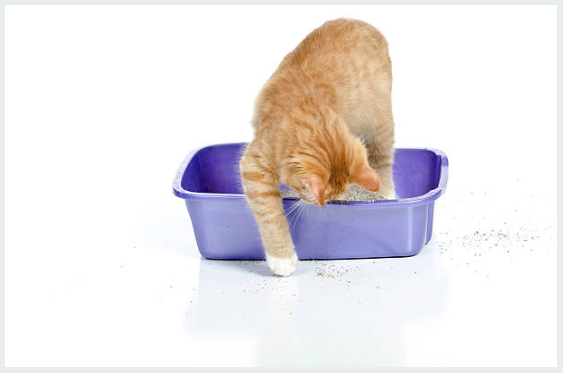Frequently Asked Questions
1. Why should I choose homemade pet food for my dog or cat?
2. What should I consider before switching to homemade pet food?
3. What are some easy homemade dog food recipes I can make?
4. How can I store homemade pet food safely?
5. What common mistakes should I avoid when preparing homemade pet food?
Providing your furry friends with nutritious, homemade meals can be a delightful experience that strengthens your bond with them. With the rise of pet parenting, more pet owners are turning to homemade dog and cat food recipes to ensure their pets receive the best nutrition possible. In this comprehensive guide, we’ll explore various recipes and tips to ensure your pets are healthy and happy.
Why Choose Homemade Pet Food?
Homemade pet food not only gives you control over the ingredients, but it also caters to specific dietary needs and allergies that your pets may have. Here's why making food at home could be a great choice:
- Quality Control: You can select high-quality ingredients without preservatives or fillers.
- Customization: Tailor recipes to your pet’s unique dietary requirements, preferences, or allergies.
- Cost-Effective: Over time, homemade meals can be budget-friendly compared to store-bought options.
- Bonding Experience: Preparing meals for your pets can be a fun activity to share with the whole family.
Considerations Before Making Homemade Pet Food
While homemade pet food has many advantages, it also requires careful planning. Here are some key considerations to keep in mind:
Consult Your Veterinarian
Before switching to homemade meals, consult with your veterinarian to ensure that your pet’s nutritional needs will be met. They can help you identify specific dietary requirements based on your pet’s age, weight, and health conditions.
Balance is Key
Pets need a balanced diet that includes proteins, carbohydrates, fats, vitamins, and minerals. When creating your recipes, it's crucial to consider these macronutrients to avoid any deficiencies.
Monitor Your Pet's Health
As with any dietary change, monitor your pet's health and behavior closely. Look for signs of allergies or digestive issues and adjust the recipes accordingly.
Easy Homemade Dog Food Recipes
Homemade dog food can be simple to prepare and incredibly nutritious. Here are a few easy recipes you can try:
Chicken and Rice Recipe
This classic recipe is easy to digest and packed with proteins.
Ingredients: - 2 cups of chicken (boneless and skinless) - 1 cup of brown rice - 1 cup of carrots (chopped) - 1 cup of peas (frozen or fresh) - 4 cups of low-sodium chicken broth Instructions: 1. Boil chicken in a pot with the chicken broth until fully cooked; shred it once cooled. 2. In the same pot, add the brown rice and veggies. 3. Simmer until rice is cooked and the vegetables are tender. 4. Mix in the shredded chicken and let cool before serving.
Beef and Sweet Potato Stew
This hearty meal is perfect for cooler days and provides excellent nutrition.
Ingredients: - 1 pound of ground beef (lean) - 2 sweet potatoes (cubed) - 1 cup of green beans (chopped) - 4 cups of water or low-sodium beef broth Instructions: 1. In a large pot, brown the ground beef. 2. Add sweet potatoes and green beans to the pot. 3. Pour in water or broth, bring to a boil, and then simmer until sweet potatoes are tender. 4. Allow to cool before serving, ensuring it’s the right temperature for your pet.
Simple Homemade Cat Food Recipes
Cats have different dietary requirements than dogs and need a balanced intake of proteins and fats. Here are a couple of recipes for your feline companions:
Tuna Cat Treats
Your cat will love these easy and delicious treats!
Ingredients: - 1 can of tuna in water (drained) - 1 egg - 1 cup of whole wheat flour - 1 tablespoon of catnip (optional) Instructions: 1. Preheat the oven to 350°F (175°C). 2. In a bowl, mix all the ingredients to form a dough. 3. Roll out the dough and cut into shapes. 4. Place on a baking sheet and bake for 10-15 minutes until golden. 5. Cool before feeding your cat.
Chicken Liver Mousse
This rich and creamy recipe is great for adding variety to your cat’s diet!
Ingredients: - 1 pound of chicken livers - 1/4 cup of chicken broth - 1 tablespoon of olive oil Instructions: 1. In a frying pan, cook the chicken livers in olive oil until browned. 2. Transfer to a blender and add chicken broth; blend until smooth. 3. Serve in small portions and refrigerate any leftovers.
Tips for Storing Homemade Pet Food
Safety and storage are essential aspects of preparing homemade pet food. Here are some tips:
- Cool and Store: Let cooked meals cool down before storing them in airtight containers.
- Refrigeration: Store homemade pet food in the refrigerator for up to 3-5 days.
- Freezing: For longer storage, portion your meals and freeze them. Thaw before serving.
Know When to Adjust Recipes
As pets age or if they develop health conditions, they may require adjustments to their diet.
Age Considerations
For puppies and kittens, the nutritional needs differ significantly from adults. Consult your vet for guidance on necessary dietary changes.
Weight Management
If your pet needs to lose or gain weight, adjusting the recipes can help achieve your goals. This might mean modifying ingredient ratios or incorporating more fiber-rich vegetables.
Choosing the Right Ingredients
When preparing homemade meals, selecting the best ingredients is crucial. Here are some essential components to consider:
- Proteins: Lean meats, fish, and eggs are excellent sources.
- Carbohydrates: Whole grains like brown rice, sweet potatoes, and oats provide energy.
- Fruits and Vegetables: Incorporate pet-safe produce such as carrots, peas, and blueberries.
- Fats: Healthy fats from fish oil or flaxseed can support coat health and overall wellness.
Common Mistakes to Avoid
To get the most out of homemade pet food, be wary of common pitfalls:
- Ignoring Nutritional Balance: Ensure that recipes are balanced; lack of vitamins can lead to health issues.
- Using Toxic Ingredients: Familiarize yourself with foods that are harmful to pets, such as onions and chocolate.
- Overfeeding: Monitor portion sizes carefully, especially if your pet tends to gain weight.
Elevate Your Pet's Dining Experience
Switching to homemade dog and cat food allows you to control ingredients and cater to your pet’s specific needs. By following these easy recipes and tips, you’ll provide your furry family members with healthy, tasty meals. Remember, always stay informed and consult professionals if you have any doubts. Your pets will reward your efforts with wagging tails and purring contentment, making all the cooking worthwhile!
Discover the creations of a fellow Shopify or Wix store owner. Check out their online store here. Please remember that this is a promotional link, and we are not liable for the content of the linked store.


